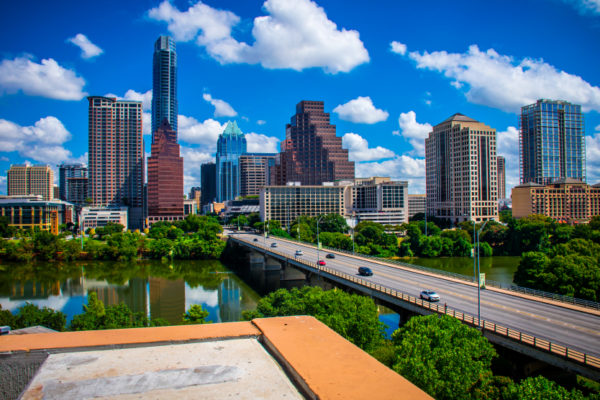The Austin City Council’s allocation of recovery funds to musicians is a positive first step in protecting the social and economic health of our city. But our leaders must continue to leverage investment in the arts to put Austin on the road to recovery with an awareness of historical inequality. If not, the damage to the city’s economy will be far-reaching. Instead of getting back to normal, we need a better normal.
More than just central to its identity, the creative sector is a huge part of Austin’s economy. A study by the Texas Cultural Trust found that 11% of the city’s 2017 workforce was employed in the creative sector — higher than any other city in the state. Arts and culture generated more than $569 million in taxable sales in 2017. In 2010, the city’s creative sector yielded $4.35 billion in economic activity.
Even if some have never attended a concert or visited a gallery, all Austinites tangibly benefit from the public tax revenue that artists and creative workers generate. Audiences spend in restaurants, hotels, shops, parking facilities and other local businesses.
Independent artists from a variety of cultural backgrounds are the fuel of this economic engine. They are also among the most severely affected by the COVID-19 crisis. A national survey by Americans for the Arts showed more than 60% of artists are now unemployed and 95% of them have experienced income loss.
The vitality of the arts in this country has been dogged for decades by a lack of direct investment in individual artists, and the funds that do exist are unequally distributed. Non-white artists and those from rural communities are historically underfunded. In responding to the pandemic, officials have a historic opportunity to disrupt this inequity.
National arts philanthropy has begun to face the crisis head on and has done so with an awareness of the disproportionate impact the pandemic has had on communities of color. Coalitions such as Artist Relief have formed to provide $5,000 grants directly to artists, with accountability for equity and inclusion.
Unfortunately, the City of Austin’s Cultural Arts Division recently suspended its Community Initiatives program. With a focus on artists from historically underrepresented communities, it offered the sort of direct-to-artist grants that relief efforts across the country are racing to organize.
Executives and policymakers are staring at impossible situations. But now is a time for creativity and courage to expand, not retreat from, forward-thinking programs that helped independent artists in better times. They need it now more than ever. The return on investment is clear.
When South by Southwest was canceled, the threat of COVID-19 became real for many in the U.S. Austin should again lead the country by setting the standard for a recovery plan for the creative sector. Although $5,000 grants like those offered by Artist Relief are critical for immediate needs, Austin’s creative economy will need much greater investment.
The U.S. unemployment rate is projected to reach 25%, a level not seen since the Great Depression. Then as now, the arts are part of the solution. Then, the Works Progress Administration commissioned some 10,000 artists to create more than 200,000 works of art. Among them are some of the most enduring examples of American culture.
There is a similarly historic opportunity now. As additional federal relief flows to state and local governments, lawmakers should fund organizations and programs that put artists and other creative people back to work. Across the state, now is the time to commission new art, increase arts education, and fund artists who have been historically excluded.
Significant, sustained investment now will again create an extraordinary creative boom. Artists are ready to work and serve our collective need for beauty, joy and connection. Through investment in the arts, leaders can act boldly to see that loss and suffering are not the only things created during this time.
The arts mean business in Austin. But they are also what will reconnect us to one another and help rebuild the spirit of our city.
Bob Bursey is the executive director of Texas Performing Arts and an associate professor of practice in the College of Fine Arts at The University of Texas at Austin.
A version of this op-ed appeared in the Austin American Statesman.




